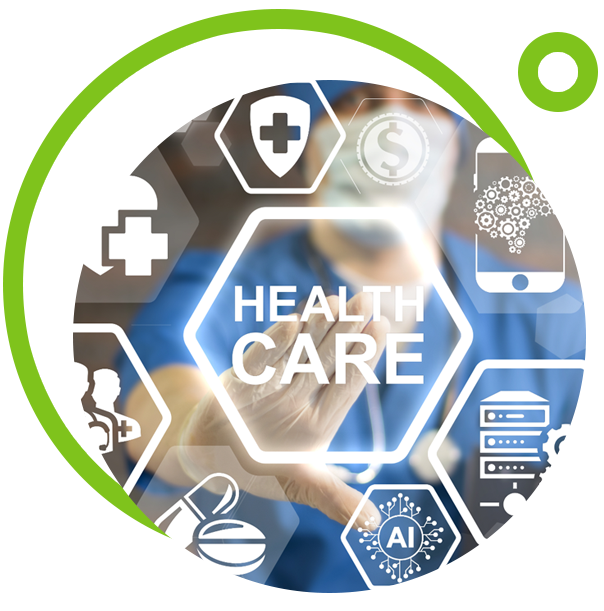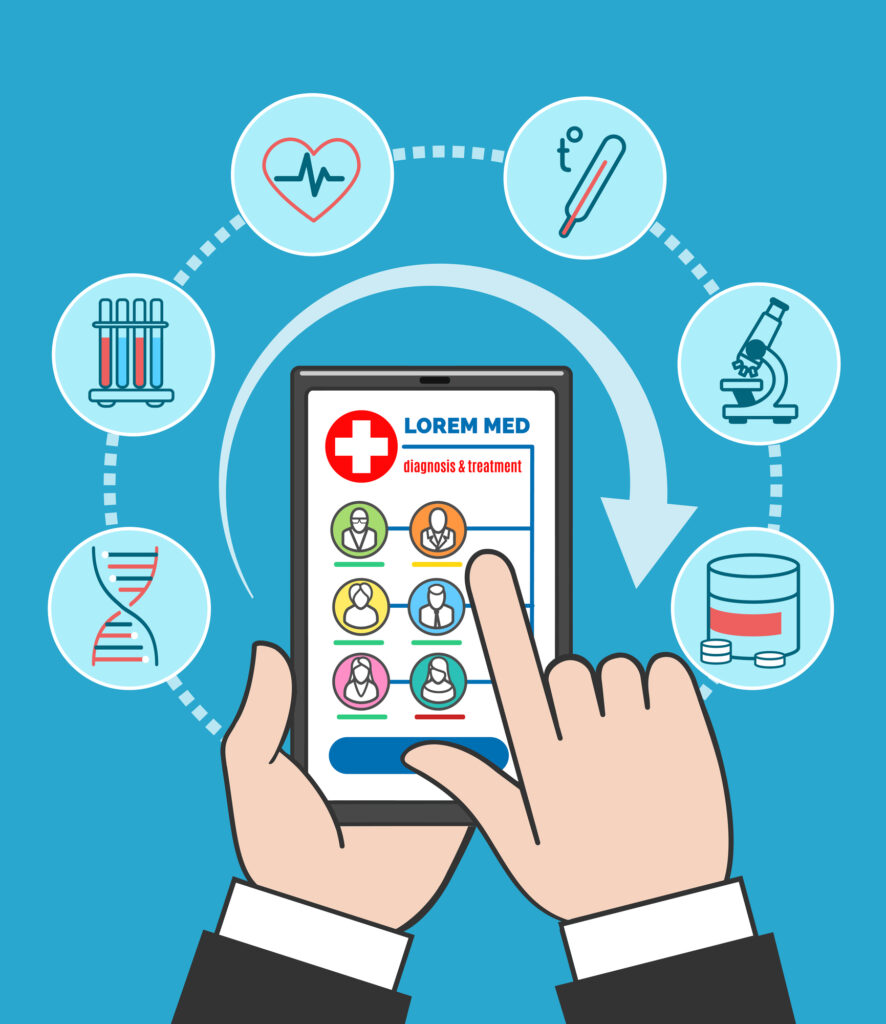 Issue #1—Digital Transformations
Issue #1—Digital Transformations
April 20 2022
Hello everyone! We’re pleased to welcome you to the very first issue of Trailblazing Tech from Tido.
From now on, you’ll receive exciting monthly updates that dig into cutting-edge health tech topics, such as: the future of digital health, innovative interoperability, mobile and web apps, automated monitoring services, and—of course—some juicy tidbits about what’s new at Tido.
So, from the bottom of our digital hearts, thank you for embarking on this journey with us. Wishing you all an amazing April, and a splendid spring season! And we hope you enjoy Tido’s insights on extraordinary technologies that are revolutionizing the healthcare industry.
End-users are actually superior to healthcare professionals at rooting out application and integration issues. Why are we passing the buck to them? We can do better!
As it turns out, 95% of integration issues in hospital applications are manually identified by end-users. On average, it takes 35 frustrating minutes for end-users to identify and report issues to the IT help desk—and a gruelling 55 minutes for staff members or vendors to initiate a fix for the issue.
That’s why we’re working with healthcare teams to use Azure Monitor for automated system monitoring, transforming their digital services to drastically reduce reliance on manual reporting, while also significantly improving customer service. The positive feedback we’ve received is truly incredible!
Digital transformation is accelerating in healthcare, but don’t worry—you can keep up! How to provide the best user experience in web and mobile applications.
The COVID-19 pandemic has accelerated digital transformation in every major sector, vastly increasing our reliance on technology to meet many of our daily needs. And healthcare is no exception!
Our health systems have greatly expanded their digital footprint to better serve our patients, empowering them to perform routine tasks without leaving the comfort of their home—such as paying bills, requesting medication refills, and even receiving personal health updates digitally.
But the process of fine-tuning the user experience has been—to put it mildly—quite complicated. To help other healthcare providers to navigate this important issue, Baptist Health’s team reveals how they’re using web and mobile test automation as a key part of their ongoing digital transformation.
The gift of health tech for your healthy ears! Check out this lively, illuminating new episode of our podcast: This Week in Health Tech.
In this jam-packed episode of This Week in Health Tech, Vik and Jimmy have an incredible chat with Dr. Brett Oliver (Chief Medical Information Officer, Baptist Health) to dive into several fascinating topics, such as the future of telehealth, digital transformation, interoperability, cultural change across the industry, and much more.
Global Health Tech Buzz:
- Chatbot Technology Still Has a Long Way to Go
- Meditech and Google Health to collaborate on clinical search in Expanse EHR
- Top takeaways from HIMSS22: What CIOs need to know
That’s all from Tido for now. Thanks for reading! Stay tuned next month for Issue. Subscribe Here.
 / thisweekhealth
/ thisweekhealth  / thisweekhealth
/ thisweekhealth 
 Issue #1—Digital Transformations
Issue #1—Digital Transformations